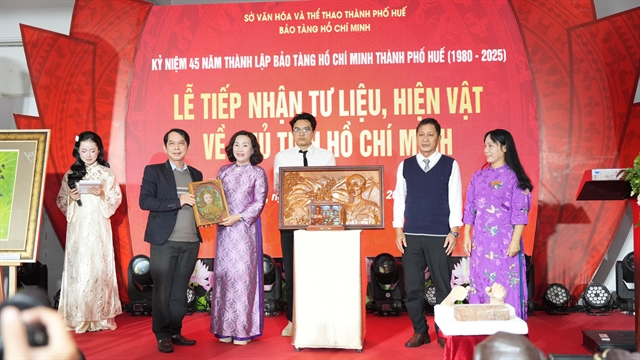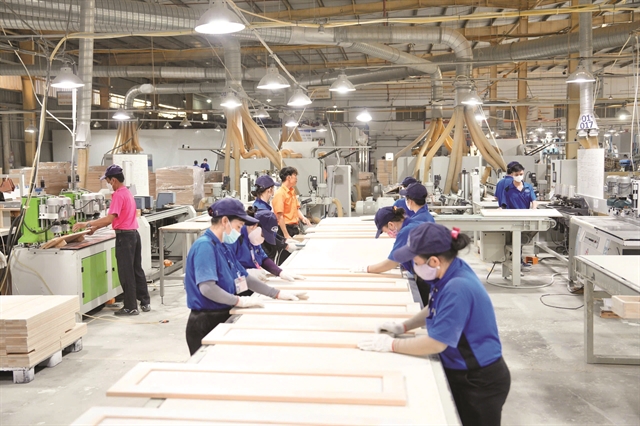 Society
Society
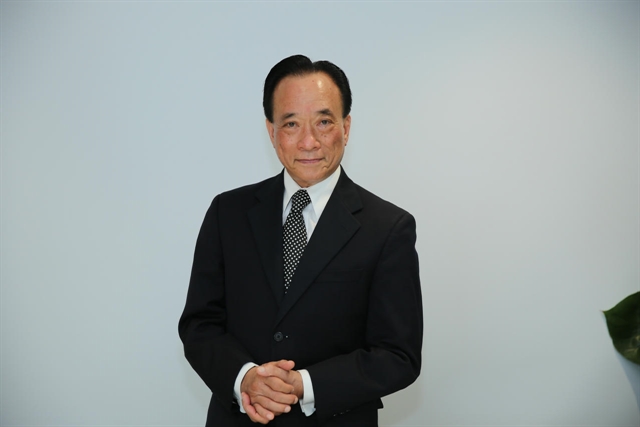
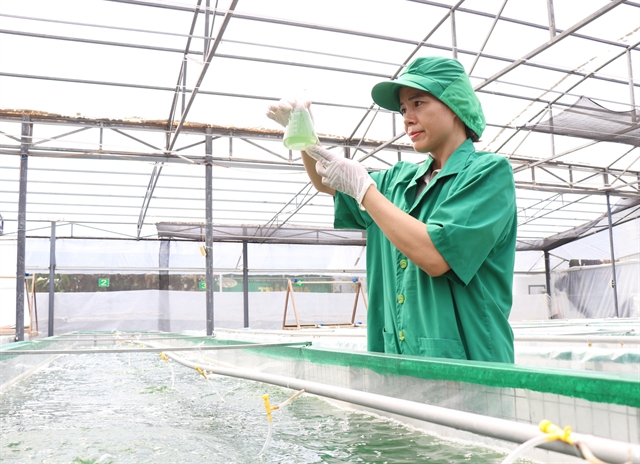
|
| Engineer Lương Thị Mai Hương checks Spirulina algae at her farm in Ninh Thuận Province. VNA/VNS Photo |
NINH THUẬN — In Thành Hải Commune, located in Ninh Thuận Province’s Phan Rang – Tháp Chàm City, an innovative agricultural model is emerging, offering strong potential for the green economy.
This model centres around Spirulina, a nutrient-rich blue-green algae often described as a “green superfood.”
Engineer Lương Thị Mai Hương, a graduate of the Việt Nam National University of Agriculture, has successfully developed a pilot project to cultivate and process Spirulina.
Her initiative, titled “Developing a Spirulina Cultivation Model and Product Processing System,” was awarded third prize in the 2024 National Contest for Women-led Innovative Start-ups in Green Transition, organised by the Vietnam Women’s Union.
Following her graduation, Hương returned to her home province of Ninh Thuận. Driven by an interest in natural, nutrient-dense foods, she began exploring the potential of Spirulina.
Having personally experienced the health benefits of imported Spirulina products from Japan, she was inspired to investigate whether it could be cultivated locally.
During the COVID-19 pandemic in 2020, when access to imported goods was limited due to lockdowns, Hương acquired a Spirulina strain from a domestic research institute and began experimentation.
She found that the algae adapted well to the local climate and water conditions, which encouraged her to develop production at a larger scale.
She established a 200-square-metre greenhouse farm with seven open ponds, each holding approximately eight cubic metres of water. The rest of the space is dedicated to research and processing facilities.
The cultivation of Spirulina requires careful scientific control. Water undergoes multiple stages of treatment, including coarse filtration, reverse osmosis, and ozone sterilisation, to ensure a contamination-free environment.
Under ideal conditions, Spirulina can reproduce rapidly, increasing by 10 to 25 per cent each day. Maintaining the correct mineral balance and pH level is essential for healthy growth.
Each cultivation cycle lasts about thirty days. Once harvested, the fresh algae is washed with water purified by reverse osmosis, packaged in sterile rooms, and flash-frozen to preserve its nutritional qualities.
For dried products, the algae undergoes freeze-drying, a technology that involves cooling to minus forty degrees Celsius and dehydrating under vacuum conditions.
This process retains 97 per cent of the nutrients without altering the algae’s natural colour, aroma, or flavour.
The final product contains over 70 per cent protein and 17 per cent Phycocyanin, a potent antioxidant pigment known for its immune-supporting and anti-cancer properties. All products are free from preservatives and additives, ensuring purity and safety.
From her seven ponds, Hương harvests approximately 70 kilogrammes of fresh Spirulina monthly.
The market price for fresh algae is about VNĐ1.7 million (US$71) per kilogramme.
The freeze-dried product, made from 10 kilogrammes of fresh Spirulina to produce one kilogramme, sells for VNĐ18 million (US$710).
To commercialise her work, Hương founded Trần Gia Spirulina Technology and Production Company Limited, which produces a variety of products including pure fresh Spirulina paste, freeze-dried flakes and powdered sachets, capsules, and cereal blends fortified with Spirulina.
These products were awarded three-star certification under the provincial OCOP programme in 2024, confirming their quality and traceability. Rigorous testing is performed on every batch before distribution.
Hương emphasises that Spirulina has existed for millions of years and is one of the earliest forms of life on Earth, providing complete and balanced nutrition.
In addition to its dietary benefits, Spirulina absorbs carbon dioxide, requires minimal land and water, and offers a sustainable alternative to animal protein. These features make it well-suited to modern dietary and environmental needs.
Barriers and calls for policy support
The project has attracted support from local authorities.
Đặng Văn Tín, Head of Rural Development at the Ninh Thuận Department of Agriculture and Environment, hailed the initiative as a timely breakthrough in the province’s agricultural development.
Introducing a high-value product such as Spirulina diversifies the rural economy, enhances competitiveness, creates jobs, and exemplifies clean, innovative farming practices.
Looking ahead, Hương plans to expand production capacity and introduce advanced drying and packaging technologies.
She is also dedicated to transferring Spirulina cultivation technology to local households and small-scale farmers. Training programmes and support schemes are being developed to foster a network of growers and strengthen the regional brand.
In addition to traditional retail, Trần Gia Spirulina is actively using e-commerce platforms and social media to reach a wider audience.
The company operates on popular Vietnamese platforms such as Shopee, Tiki, and Facebook, aiming to connect with health-conscious consumers nationwide.
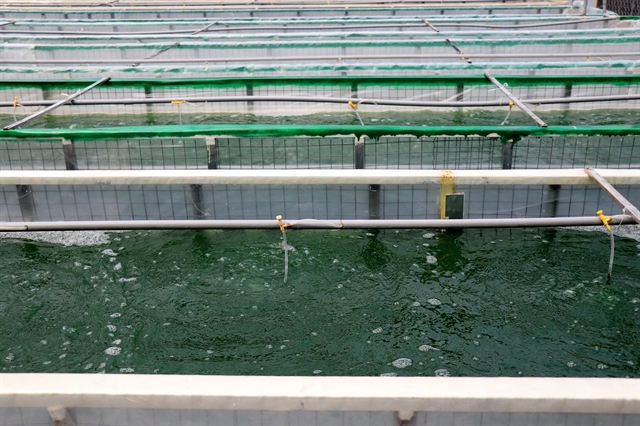
|
| Algae is grown in aerated tanks. — VNA/VNS Photo |
Despite this progress, challenges remain. The initial investment required for greenhouses and filtration systems is substantial, and freeze-drying equipment represents a significant financial hurdle.
Furthermore, awareness of Spirulina’s health benefits among domestic consumers is still growing.
To ensure sustainable growth, Hương calls for stronger policy support, including low-interest loans for green start-ups, simplified certification processes for functional foods, and the inclusion of algae farming in national agricultural development programmes.
With adequate support, Spirulina cultivation could become a major source of livelihood in Ninh Thuận and similar provinces.
Hương’s journey reflects the fusion of traditional knowledge and modern innovation. Starting from small-scale trials during a global crisis, she has created a certified, environmentally sustainable enterprise with the potential to improve public health, bolster local economies, and address global nutrition and climate challenges.
As Việt Nam progresses in its green transition, projects like this showcase the growing role of women entrepreneurs and agri-technology in shaping the country’s future. — VNS


